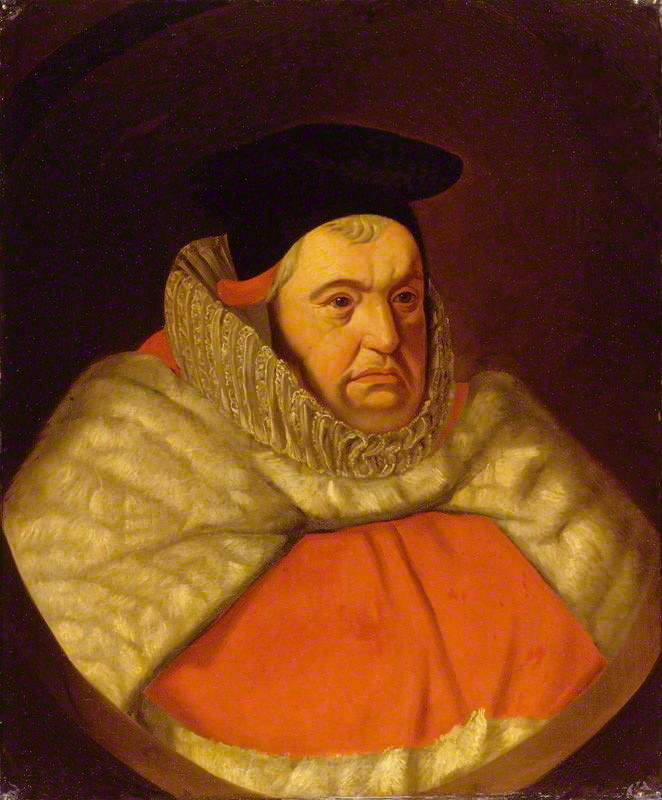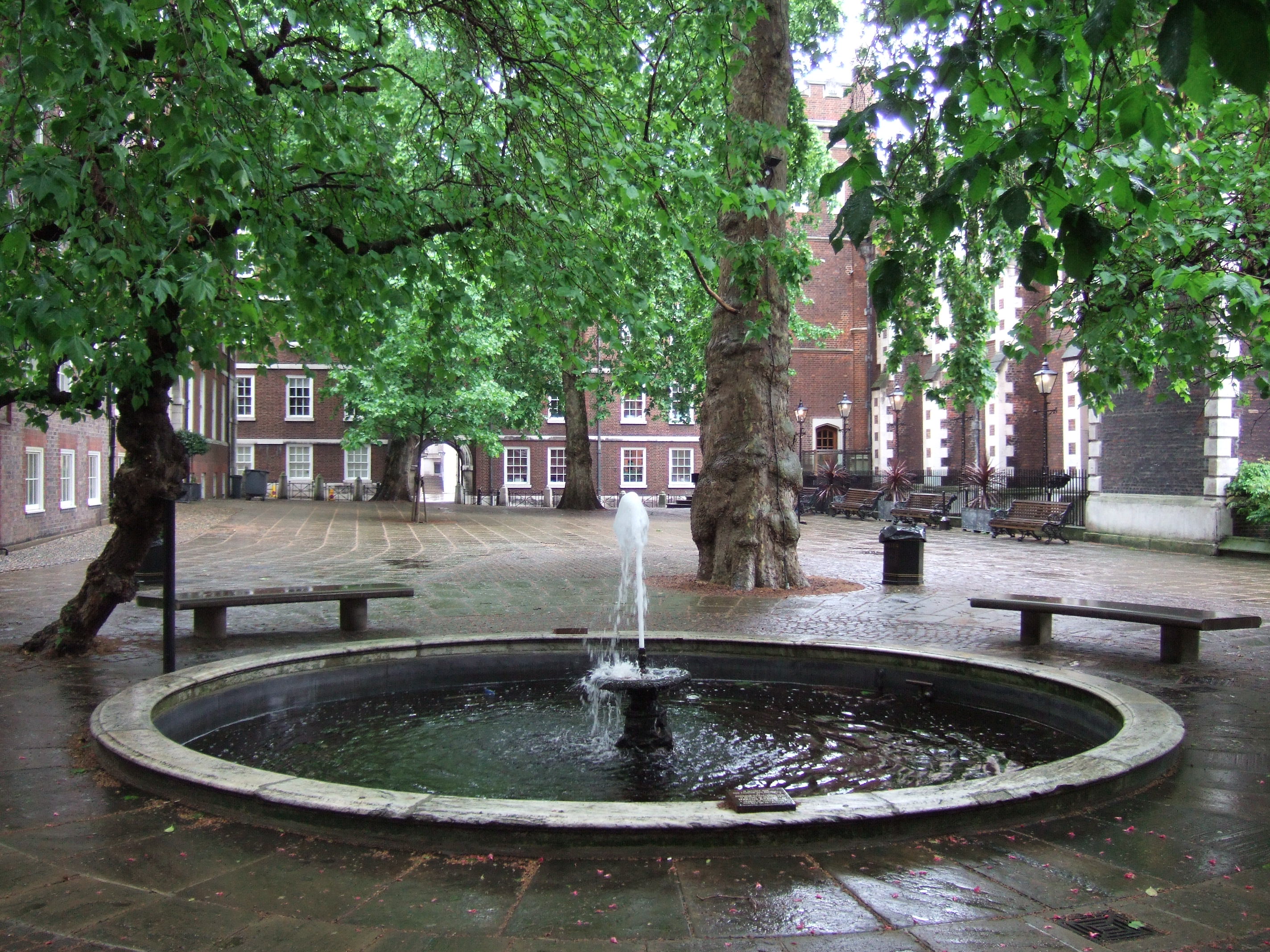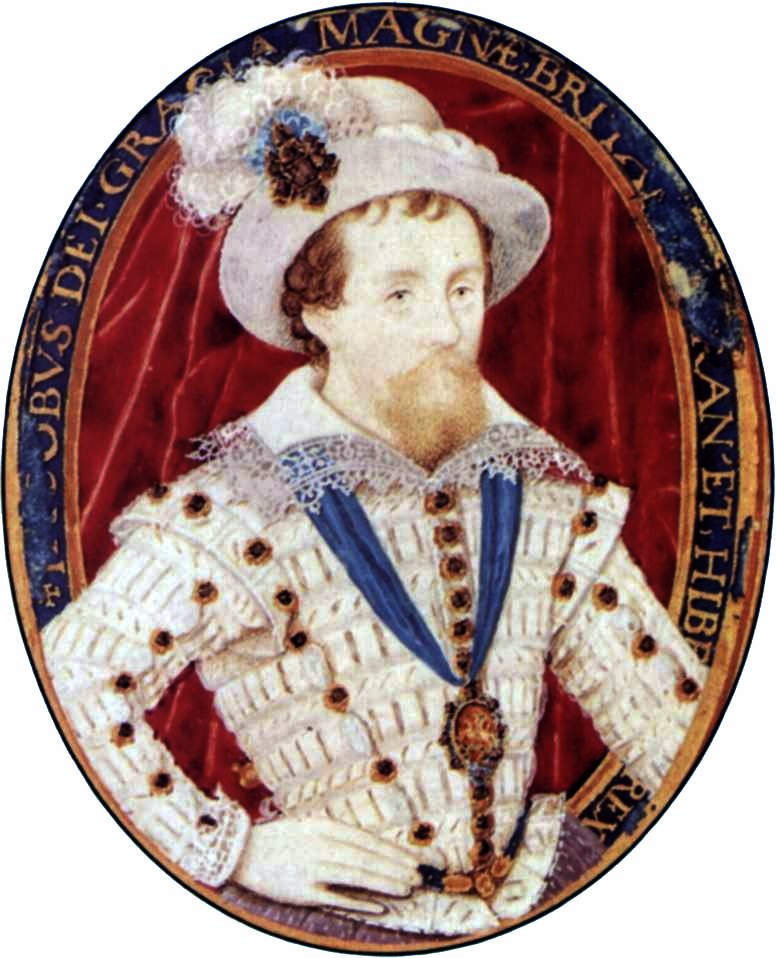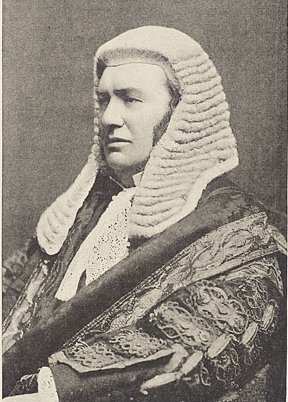|
John Doddridge
Sir John Doddridge (akas: Doderidge or Dodderidge; 1555–1628) was an English lawyer, appointed Justice of the King's Bench in 1612 and served as Member of Parliament for Barnstaple in 1589 and for Horsham in 1604.Fuidge He was also an antiquarian and writer. He acquired the nickname "the sleeping judge" from his habit of shutting his eyes while listening intently to a case. As a lawyer he was influenced by humanist ideas, and was familiar with the ideas of Aristotle, and the debates of the period between his followers and the Ramists. He was a believer in both the rationality of the English common law and in its connection with custom. He was one of the ''Worthies of Devon'' of the biographer John Prince (d.1723). Origins His father was Richard Doddridge, merchant, of Barnstaple. The family took its name from a manor in the parish of Sandford, near Crediton. Richard was the son of a wool merchant and was born in South Molton where he married. With his wife and eight children ... [...More Info...] [...Related Items...] OR: [Wikipedia] [Google] [Baidu] |
John Doddridge
Sir John Doddridge (akas: Doderidge or Dodderidge; 1555–1628) was an English lawyer, appointed Justice of the King's Bench in 1612 and served as Member of Parliament for Barnstaple in 1589 and for Horsham in 1604.Fuidge He was also an antiquarian and writer. He acquired the nickname "the sleeping judge" from his habit of shutting his eyes while listening intently to a case. As a lawyer he was influenced by humanist ideas, and was familiar with the ideas of Aristotle, and the debates of the period between his followers and the Ramists. He was a believer in both the rationality of the English common law and in its connection with custom. He was one of the ''Worthies of Devon'' of the biographer John Prince (d.1723). Origins His father was Richard Doddridge, merchant, of Barnstaple. The family took its name from a manor in the parish of Sandford, near Crediton. Richard was the son of a wool merchant and was born in South Molton where he married. With his wife and eight children ... [...More Info...] [...Related Items...] OR: [Wikipedia] [Google] [Baidu] |
Middle Temple
The Honourable Society of the Middle Temple, commonly known simply as Middle Temple, is one of the four Inns of Court exclusively entitled to call their members to the English Bar as barristers, the others being the Inner Temple, Gray's Inn and Lincoln's Inn. It is located in the wider Temple area of London, near the Royal Courts of Justice, and within the City of London. History During the 12th and early 13th centuries the law was taught, in the City of London, primarily by the clergy. But a papal bull in 1218 prohibited the clergy from practising in the secular courts (where the English common law system operated, as opposed to the Roman civil law favoured by the Church). As a result, law began to be practised and taught by laymen instead of by clerics. To protect their schools from competition, first Henry II and later Henry III issued proclamations prohibiting the teaching of the civil law within the City of London. The common law lawyers migrated to the hamlet of H ... [...More Info...] [...Related Items...] OR: [Wikipedia] [Google] [Baidu] |
Sir Edward Coke
''Sir'' is a formal honorific address in English for men, derived from Sire in the High Middle Ages. Both are derived from the old French "Sieur" (Lord), brought to England by the French-speaking Normans, and which now exist in French only as part of "Monsieur", with the equivalent "My Lord" in English. Traditionally, as governed by law and custom, Sir is used for men titled as knights, often as members of orders of chivalry, as well as later applied to baronets and other offices. As the female equivalent for knighthood is damehood, the female equivalent term is typically Dame. The wife of a knight or baronet tends to be addressed as Lady, although a few exceptions and interchanges of these uses exist. Additionally, since the late modern period, Sir has been used as a respectful way to address a man of superior social status or military rank. Equivalent terms of address for women are Madam (shortened to Ma'am), in addition to social honorifics such as Mrs, Ms or Miss. Etymo ... [...More Info...] [...Related Items...] OR: [Wikipedia] [Google] [Baidu] |
Master Of Arts (Oxbridge And Dublin)
In the universities of Oxford, Cambridge, and Dublin, Bachelors of Arts are promoted to the degree of Master of Arts or Master in Arts (MA) on application after six or seven years' seniority as members of the university (including years as an undergraduate). It is an academic rank indicating seniority, and not an additional postgraduate qualification, and within the universities there are in fact no postgraduate degrees which result in the postnominals 'MA'. No further examination or study is required for this promotion and it is equivalent to undergraduate degrees awarded by other universities. This practice differs from most other universities worldwide, at which the degree reflects further postgraduate study or achievement. These degrees are therefore sometimes referred to as the Oxford and Cambridge MA and the Dublin or Trinity MA, to draw attention to the difference. However, as with gaining a postgraduate degree from another university, once incepted and promoted to a Maste ... [...More Info...] [...Related Items...] OR: [Wikipedia] [Google] [Baidu] |
University Of Oxford
, mottoeng = The Lord is my light , established = , endowment = £6.1 billion (including colleges) (2019) , budget = £2.145 billion (2019–20) , chancellor = The Lord Patten of Barnes , vice_chancellor = Louise Richardson , students = 24,515 (2019) , undergrad = 11,955 , postgrad = 12,010 , other = 541 (2017) , city = Oxford , country = England , coordinates = , campus_type = University town , athletics_affiliations = Blue (university sport) , logo_size = 250px , website = , logo = University of Oxford.svg , colours = Oxford Blue , faculty = 6,995 (2020) , academic_affiliations = , The University of Oxford is a collegiate research university in Oxf ... [...More Info...] [...Related Items...] OR: [Wikipedia] [Google] [Baidu] |
Calvin's Case
''Calvin's Case'' (1608), 77 ER 377, (1608) Co Rep 1a, also known as the ''Case of the Postnati'', was a 1608 English legal decision establishing that a child born in Scotland, after the Union of the Crowns under King James VI and I in 1603, was considered under the common law to be an English subject and entitled to the benefits of English law. ''Calvin's Case'' was eventually adopted by courts in the United States, and the case played an important role in shaping the American rule of birthright citizenship via ''jus soli'' ("law of the soil", or citizenship by virtue of birth within the territory of a sovereign state). Facts Under the feudal system, the allegiance owed to a king by his subjects—connected as it was to the holding of interests in land—ruled out the possibility of any given individual holding land in two different kingdoms. Robert Calvin, born in Scotland in November 1605, was granted estates in England, but his rights to that were challenged on the grounds ... [...More Info...] [...Related Items...] OR: [Wikipedia] [Google] [Baidu] |
Lord Chancellor Ellesmere
Thomas Egerton, 1st Viscount Brackley, (1540 – 15 March 1617), known as 1st Baron Ellesmere from 1603 to 1616, was an English nobleman, judge and statesman from the Egerton family who served as Lord Keeper and Lord Chancellor for twenty-one years. Early life, education and legal career Thomas Egerton was born in 1540 in the parish of Dodleston, Cheshire, England. He was the illegitimate son of Sir Richard Egerton and an unmarried woman named Alice Sparks from Bickerton. He was acknowledged by his father's family, who paid for his education. He studied Liberal Arts at Brasenose College, Oxford, and received a bachelor's degree in 1559. He then studied law at Lincoln's Inn and called a barrister by 1572. He was a Roman Catholic, until a point in 1570 when his lack of conformity with the Church of England became an issue when his Inn passed on a complaint from the Privy Council. He built a respectable legal practice pleading cases in the Courts of Queen's Bench, Chanc ... [...More Info...] [...Related Items...] OR: [Wikipedia] [Google] [Baidu] |
Painted Chamber
The Painted Chamber was part of the medieval Palace of Westminster. It was gutted by fire in 1834, and has been described as "perhaps the greatest artistic treasure lost in the fire". The room was re-roofed and re-furnished to be used temporarily by the House of Lords until 1847, and it was demolished in 1851. The chamber was built by Henry III, parallel to St Stephen's Chapel. It is said that the site was previously occupied by a room in which Edward the Confessor had died. The new chamber was intended for use by the king primarily as a private apartment, but was also used as a reception room, and it was constructed and decorated to impress visitors. The chamber was relatively long and narrow, measuring approximately , with a state bed (for example the marriage bed of Henry VII) towards one end under a painting of Edward the Confessor. One wall included a squint providing a view of the altar in a chapel next door, so the king could view religious services from the chamb ... [...More Info...] [...Related Items...] OR: [Wikipedia] [Google] [Baidu] |
Solicitor General For England And Wales
His Majesty's Solicitor General for England and Wales, known informally as the Solicitor General, is one of the law officers of the Crown in the government of the United Kingdom. They are the deputy of the Attorney General for England and Wales, Attorney General, whose duty is to advise the The Crown, Crown and Cabinet of the United Kingdom, Cabinet on the law. They can exercise the powers of the Attorney General in the Attorney General's absence. Despite the title, the position is usually held by a barrister as opposed to a solicitor. There is also a Solicitor General for Scotland, who is the deputy of the Lord Advocate. As well as the Sovereign's Solicitor General, the Prince of Wales and a Queen consort (when the Sovereign is male) are also entitled to have an Attorney and Solicitor General, though the present Prince of Wales has only an Attorney General and no Solicitor General. The Solicitor General is addressed in court as "Mr Solicitor" or "Ms Solicitor". The Solicitor ... [...More Info...] [...Related Items...] OR: [Wikipedia] [Google] [Baidu] |
Henry Frederick, Prince Of Wales
Henry Frederick, Prince of Wales (19 February 1594 – 6 November 1612), was the eldest son and heir apparent of James VI and I, King of England and Scotland; and his wife Anne of Denmark. His name derives from his grandfathers: Henry Stuart, Lord Darnley; and Frederick II of Denmark. Prince Henry was widely seen as a bright and promising heir to his father's thrones. However, at the age of 18, he predeceased his father when he died of typhoid fever. His younger brother Charles succeeded him as heir apparent to the English, Irish, and Scottish thrones. Early life Henry was born at Stirling Castle, Scotland, and became Duke of Rothesay, Earl of Carrick, Baron of Renfrew, Lord of the Isles, and Prince and Great Steward of Scotland automatically on his birth. His nurses included Mistress Primrose and Mistress Bruce. Henry's baptism on 30 August 1594 was celebrated with complex theatrical entertainments written by poet William Fowler and a ceremony in a new Chapel Royal ... [...More Info...] [...Related Items...] OR: [Wikipedia] [Google] [Baidu] |
Serjeant-at-law
A Serjeant-at-Law (SL), commonly known simply as a Serjeant, was a member of an order of barristers at the English and Irish Bar. The position of Serjeant-at-Law (''servientes ad legem''), or Sergeant-Counter, was centuries old; there are writs dating to 1300 which identify them as descended from figures in France before the Norman Conquest, thus the Serjeants are said to be the oldest formally created order in England. The order rose during the 16th century as a small, elite group of lawyers who took much of the work in the central common law courts. With the creation of Queen's Counsel (or "Queen's Counsel Extraordinary") during the reign of Elizabeth I, the order gradually began to decline, with each monarch opting to create more King's or Queen's Counsel. The Serjeants' exclusive jurisdictions were ended during the 19th century and, with the Judicature Act 1873 coming into force in 1875, it was felt that there was no need to have such figures, and no more were created. The ... [...More Info...] [...Related Items...] OR: [Wikipedia] [Google] [Baidu] |










